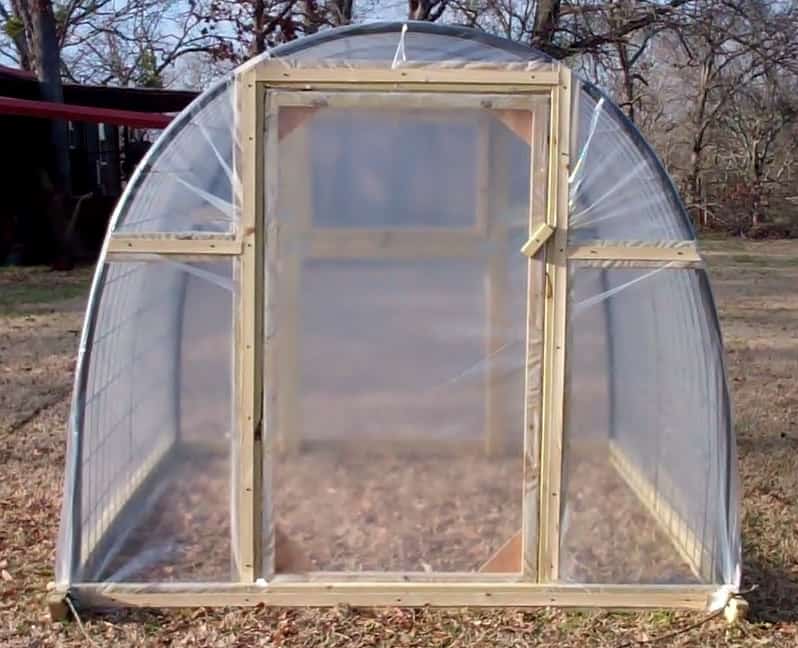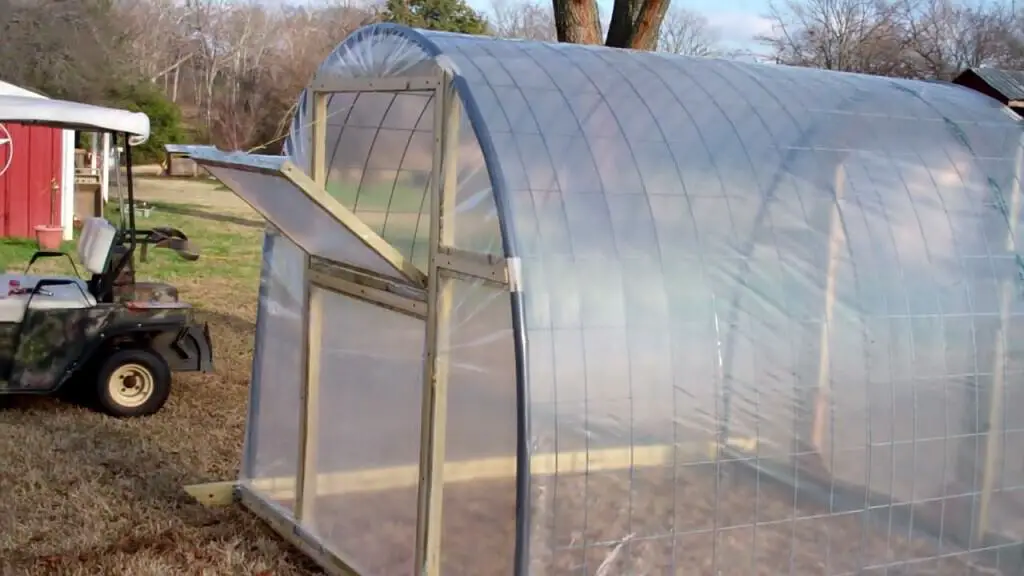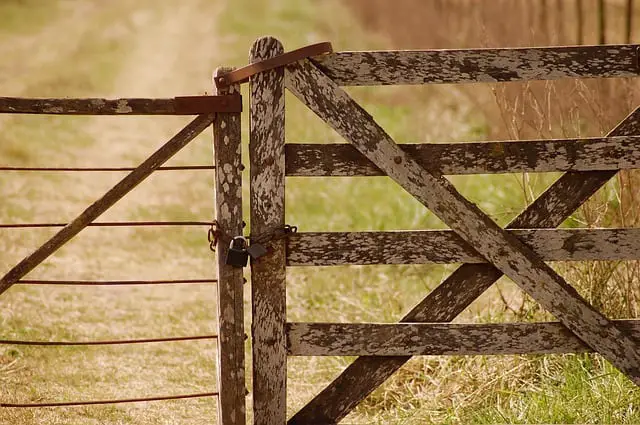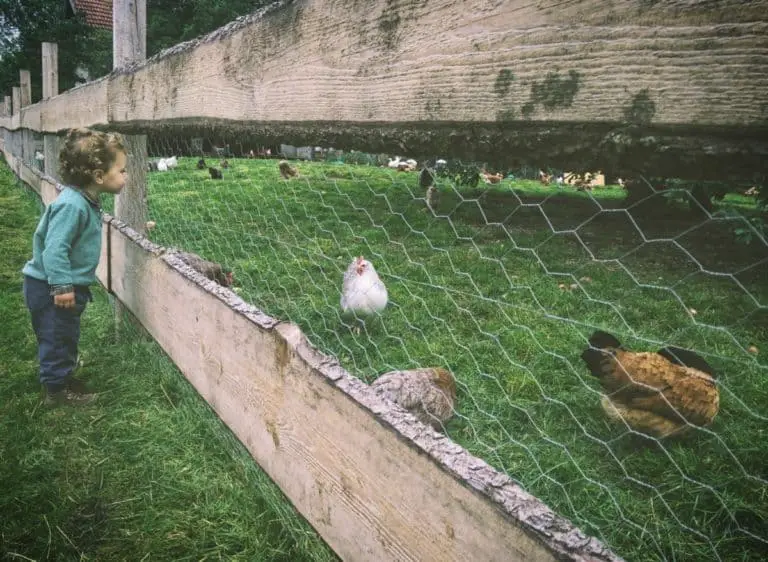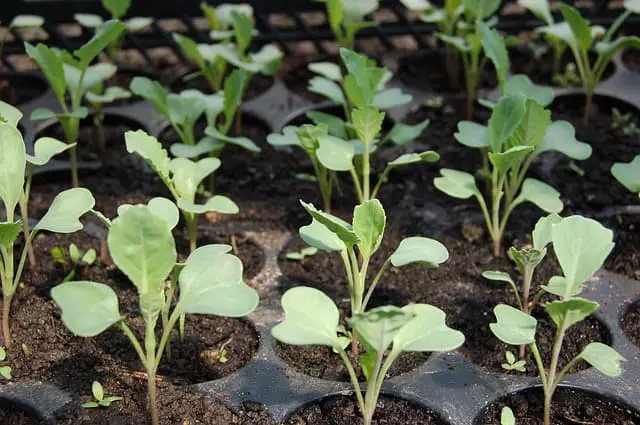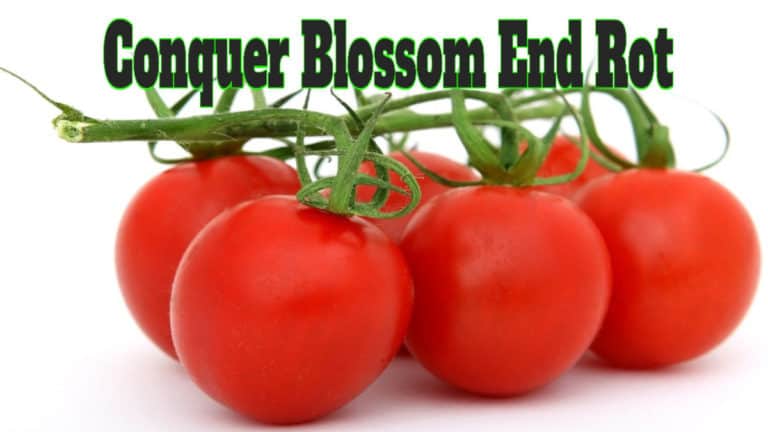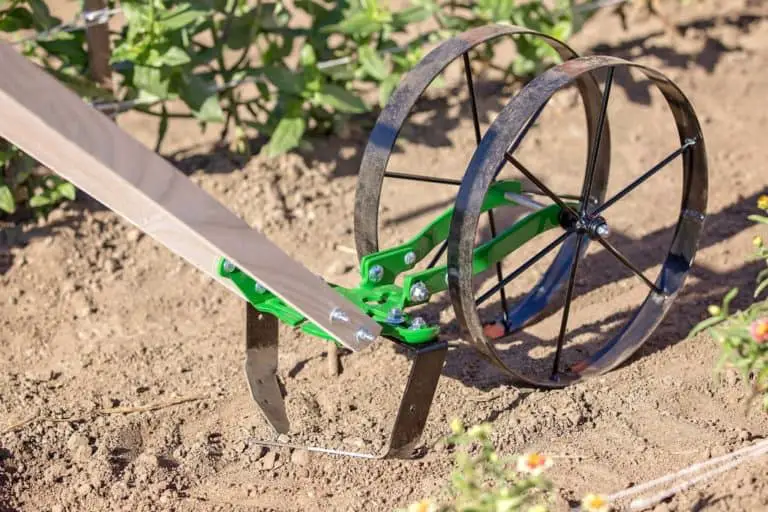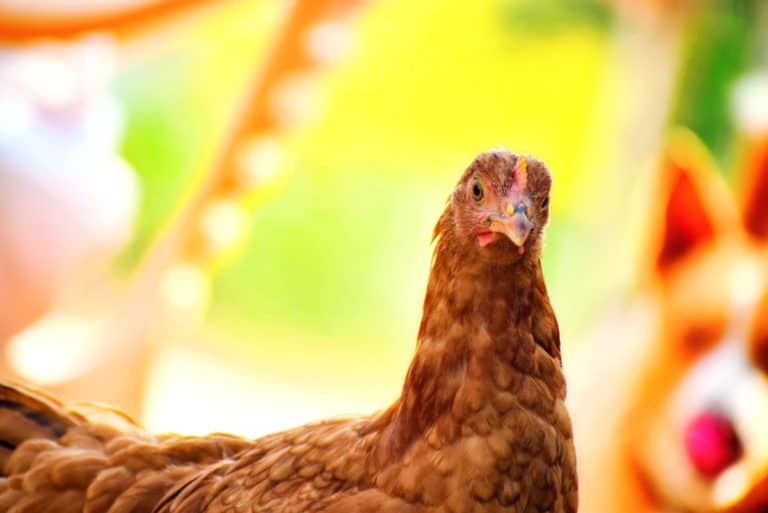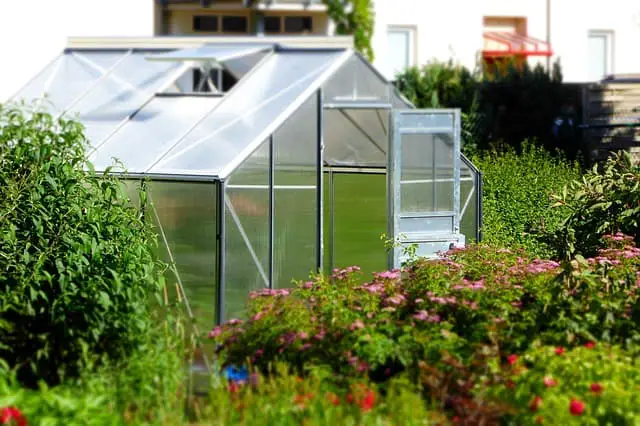

Using a greenhouse to extend your growing season is a smart idea. A greenhouse can be used in just about any Climate Zone in the US, and all over the world. But where is the best place to put it on your property?
To get the optimum value from a greenhouse, it’s length should be southward facing in the winter months. In the summer months, the greenhouse can be utilized as a shade house, if covered with shade cloth. This will give your plants protection from harsh summer temperatures.
A greenhouse can help a budding gardener succeed. but finding its best location can be challenging.
Catching The Sun
Obviously, anyone considering using a greenhouse is trying to use it to capture the sun’s warming rays and convert them to heat within the structure. The warmth generated inside the greenhouse is crucial to the growth of seeds and seedlings. Where you place it on your property is usually determined by the space you are willing to allow it to occupy.
Most people are committed to so many other things in their backyards like swing sets for the kids, flower gardens, water features, etc. A greenhouse might be something you would consider to be less of a priority. But the value it brings by raising your ability to grow your own food, as well as it’s aesthetic value, are huge reasons to make it a top priority. Allocating space for a greenhouse need not be a difficult choice.
An Attached Greenhouse
Sometimes gardeners attach their greenhouse to an existing structure. Depending on the design of the greenhouse you are building, this might save you money, as you will only have to build 3 walls for the greenhouse. The existing structure will provide the 4th wall.
Another advantage of an attached greenhouse is the entrance. If the existing structure has a door leading out on the side you want to build the greenhouse, you can just use that door as an entrance and exit to the greenhouse. That way, you won’t have extra framing to do to build an entrance for the greenhouse. That could save you both time and money.
An attached greenhouse can be a great idea, especially if the wall that the greenhouse will be attached to is a southern facing wall. If that wall faces a different direction, the greenhouse won’t receive the optimum amount of sunlight. That will directly affect how warm you can expect your greenhouse to get during the winter months when you need it most.
Another disadvantage of an “attached” greenhouse is that you will only be getting sun from three sides since the fourth side is a solid wall. That, combined with the possibility of the existing structure shading the attached greenhouse, makes it less desirable.
But, if an attached greenhouse works better in your overall plan for your yard or property then, by all means, build it. It will certainly be better than nothing and might be a lot handier than a free-standing greenhouse. Just know that it might not catch as much sun as it would if it were in a different location.
Why? Because you need sun for a greenhouse to do its thing. In the winter months, the sun will be southernmost on the horizon and will be tracking at a lot lower angle than it does in the summer. In the summer, the sun is almost directly overhead. In the winter it is much lower on the horizon.
The Freestanding Greenhouse
I think by far the best choice between the two is the freestanding greenhouse. Not all homeowners will be able to pull it off because everybody has different plans for their backyards, and a freestanding greenhouse might not fit into those plans.
And again, you may have already designed your backyard and might consider a greenhouse as being “invasive”, but it does not need to be. So, with that in mind, let’s talk about the free-standing greenhouse.
If you build or buy a freestanding greenhouse, you’ll have lots of designs to choose from. In fact, there seems to be no limit to the styles and shapes you’ll find when you search for greenhouse structures.
With that in mind, let’s consider the shape. I think it would be best if it was rectangular. The height and size will be determined by how many plants you want to have in it at a given time.
You’re not going to believe this, but in the past, I have put around 2500 plants in my 8′ X 7′ greenhouse. I know that sounds like a lot, and I couldn’t believe it myself, but I counted them!
Obviously, shelving and verticle stacking of the seedlings was how I achieved that hight count. I planted a large garden with the seedlings I raised, and still had hundreds to sell to customers.
My point is that you may not need a large greenhouse. And, a smaller greenhouse might mean easier decisions for you as to where you locate it.
Back to the shape. If your greenhouse is rectangular, the longest side of it should be located so that the southern track of the sun will hit the greenhouse the most during the day.
In other words, if the length of the greenhouse is 10 feet and it is 6 feet wide, the greenhouse needs to be placed where the longest part (the 10-foot length) is running east and west. That will allow the sun (traveling in a southern position through the sky) to strike the greenhouses’ southern face (the length) at the greatest exposure, giving you the most heat possible from the sun’s rays.
If you place the same greenhouse running north and south, the sun will strike the 6-foot side of the greenhouse. This will mean less exposure to the sun and less heat. You will need all the heat you can generate during the winter months.
Heating a greenhouse is expensive, so any advantage you can gain by catching more of the natural sunlight, by optimizing the greenhouse’s exposure to the sun, will reward you with warmth when you need it most. If you do choose to heat your greenhouse, maximizing its southern exposure can save you money.
The height also plays a role. If the roof of the greenhouse is a gable, the angle of that gable will determine how much sun penetrates the interior. It’s even more important a “gable-roofed” greenhouse be placed in an east-west configuration. Also, the higher the roof of the greenhouse, the harder it will be to heat (if you want to heat it). Heat rises, so a lower roof will keep more heat in.
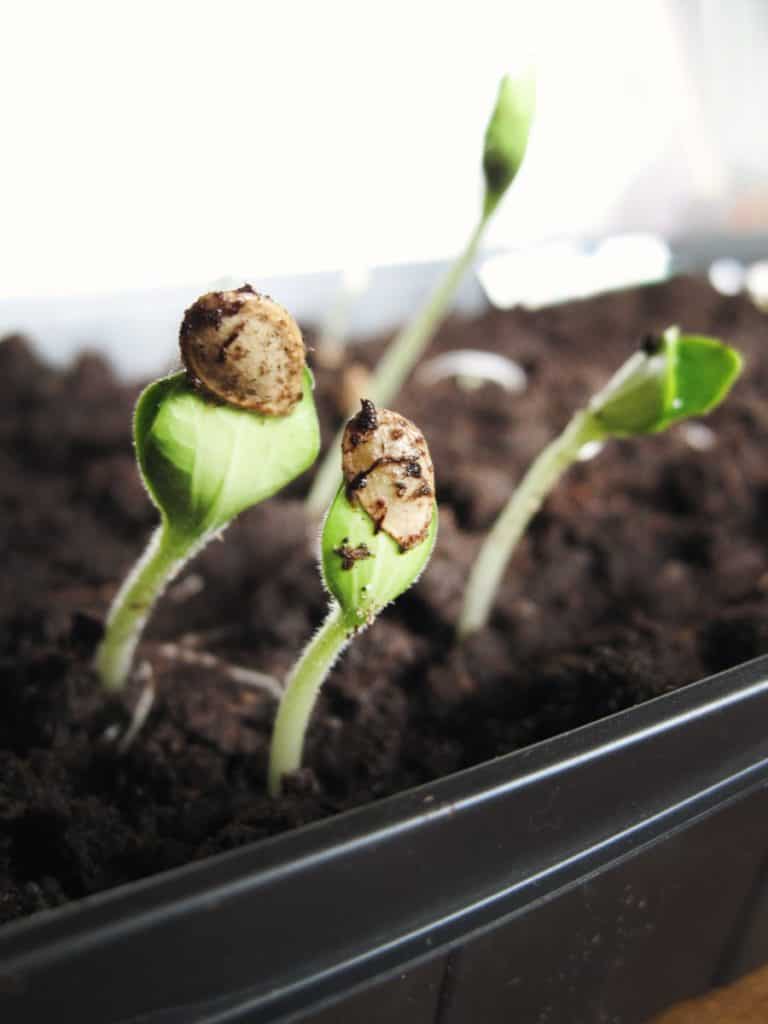
I think a greenhouse with a “curved or bowed” top will catch more sun than a gabled, flat roof will. There is more surface area that the sun can strike. Therefore, picking a curved-top, or Quonset-styled structure, might be best, but you will need to make that decision based on the height you need in the greenhouse, and the appearance or style you desire.
Shaded Locations
Obviously, if your intent is to catch all the sun that is available to you (and why else would you need a greenhouse) you’ll want to place the greenhouse in a sunny location. A shaded location will cut down on the sunshine entering the greenhouse, which will affect its ability to heat up.
Even in the winter, when most of the leaves have fallen, the tree’s branches will provide a shading effect on the greenhouse. It may not be a lot, depending on how large and filled out the tree is, but it will have an effect on the heat generated inside.
If the trees near your greenhouse are not deciduous, meaning they don’t shed their leaves (like cedar or pine) the shade they produce in the winter will be prohibitive to heat generation. So the greenhouse should not be placed near any trees that would shade it, especially in the winter.
Season Matters
As mentioned above, the sun travels in a different pattern in the summer than it does in the winter. The winter sun strikes the earth from a southerly position. Therefore, the location of the greenhouse needs to take that into account. If there are trees that are south of your favorite greenhouse spot, then your favorite spot will be shaded in the winter, which is the time of year that you need the sun the most.
If the trees are north of the proposed location of the greenhouse, that would be all right. Those trees should not block the sun from penetrating the greenhouse in the winter.
It’s important that you know the layout of your property and the way the sun traverses it in each season. It could be helpful to map the sun’s travels on your property, through each season. Whether this is done by actually placing flags, or just in your own mind and memory, you should know the layout of your property as related to where the sun strikes it during each season.
Zone Matters
I’m probably writing this to a mainly Northern Hemisphere crowd. So, with that in mind, let’s talk about Zones.
The northern zone folks (Zones 2 through 5) really need to appropriate all the sun they possibly can during the winter. Down south, yes sunshine is important, but our winter temperatures aren’t so cold that we worry about real hard freezes. Yes, they do occur, even in zone 10, but those extreme temps are few and far between.
So, the location of your greenhouse, if you are one of the northern folks, is even more important. You’ve got to catch all the sun you can.
Wind Matters
Another consideration is wind. In the winter, wind mostly comes from the north. Of course, there are storms and weather patterns that can change the direction of the wind on a regular basis, but the prevailing winds in winter will be from the north or northwest.
Having a row of trees or a building that will block the winter winds would be a plus for you as a greenhouse owner. That would mean placing the greenhouse south of the tree line or south of a building (like a garage, or shop) and using the trees and/or structure as a buffer for any winds that would be striking your greenhouse.
The plastic (or glass) covering on the greenhouse will certainly be a windbreak, but the wind chill effect could still drop temperatures inside the greenhouse more so than if there is no wind. Breaking the velocity of the wind will affect the greenhouse’s ability to warm itself from the sun that strikes it.
Plus, a southernmost location is best for capturing sunlight anyway. So, it’s a win-win situation to place the greenhouse in the southern part of your property, unless trees would shade it as discussed above.
Using The Greenhouse In Summer
When most folks think of a greenhouse, they think of keeping things warm in cooler months, and that’s correct. But, a greenhouse structure can also be used in the summertime.
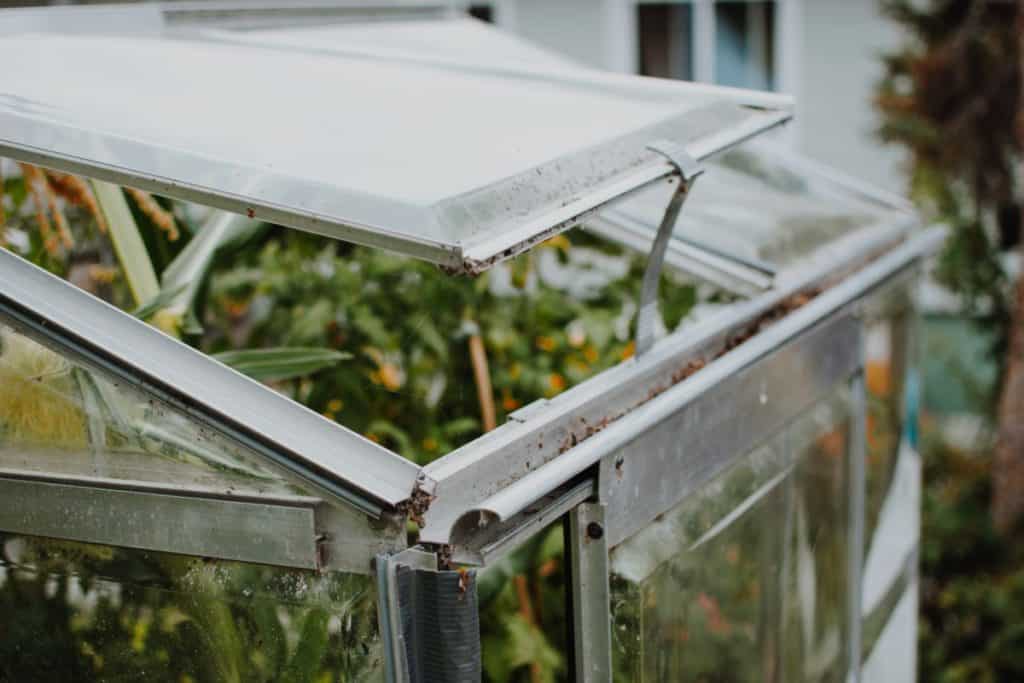
A greenhouse covered with shade cloth can be used as a “shade house”. A Shade House is a structure that has a “shading” material (shade cloth) covering it. The shade cloth blocks a percentage of the sun’s rays but allows some to get through.
And that’s how the shade cloth is rated. It’s rated by “percentages”. That means a 70% shade cloth will block out 70% of the sun’s rays. Choosing which shade cloth you would need is determined by what plants you are going to grow. The location of your greenhouse is still important in the summer if you are using your greenhouse structure as a shade house.
Most vegetable plants will do best with a maximum of 40 to 60% shade. In the hot south and southwest, using shade cloth on a structure could mean still having vegetables during our hot summers.
A versatile greenhouse design would allow for wintertime use (as a traditional greenhouse) and also for summertime use as a shade house.
But, the different seasonal tracking of the sun can make positioning the greenhouse a challenge. It may be best in one particular place during the summer, taking advantage of natural shade, but work better in a different place during the winter, taking advantage of the southern winter sun.
The solution?
Portable Greenhouses
Picking the right location for the greenhouse is critical. Imagine having a greenhouse that could be in the shade during the summer, but also be in full sun during the winter. Well, having a “portable” greenhouse, one that could be moved from season to season, would be a distinct advantage.
You could move it into the sun when seedlings need the light and heat that winter and early spring sun would provide. Then you could move it into the shade during the hot months allowing you to raise tender plants in it during the summer.
So, consider a “portable greenhouse”. I think this is the best of both worlds! A portable greenhouse can be placed in a southernmost exposure during the winter, and then moved to a different location, like under a tree for shade, in the summer.
If there are shade trees available in the summer, shade cloth might even be unnecessary. Just take advantage of the tree filtering the sunlight through the leaves, and cooling off the summer temperatures before they reach the grow house.

With that in mind, I’ve designed a Portable Greenhouse that is being built world-wide. Literally. The plans have been distributed to thousands of folks in many countries. Of course, most are in the U.S and Canada, but also lots of folks in other countries like France, the UK, Australia, New Zealand, Sudan, and many others have purchased the plans.
My Greenhouse can be built in just a few hours by folks that aren’t necessarily skilled at construction. The design is not only for greenhouses, but can also be used for livestock, and garden sheds, and can even be covered with shade cloth to make it a summer “shade house”.
I’ve had several grandmothers write and tell me they built one on their own… and sent pictures!
Please allow me to share a few testimonials:
- Alan, I used it to make a chicken house. I’m 67 years old and simply could not build a chicken house any other way. Thank you so much. -Tavia
- Wow!! Thank you soooo much. I am waiting for the snow here to leave so I could build my greenhouse. I bought a kit online. I am now going to sell the kit to someone and build one like yours. You have done me a big favor in terms of money not spent on things that would not last. Yours is awesome. Makes so much sense. Again thank you. -Meghan
- I have a website and sell greenhouses….but this greenhouse kicks butt. grand idea. Thanks, I plan on using this idea. -Sam
- Thanks for very clever design. I am in Sydney Australia and plan to build my own glass house just like yours, it looks great. I plan to use mine to grow tomato all year round. Our climate is a very mild winter and with the shelter this glass house can provide, I reckon I can eat tomato and lots of other great crops growing all year round. It’s a brilliant design and simple for even a novice like me. Thanks again for your ingenuity… Bloody brilliant Mate. -Emmanuel
As you can imagine, it is very rewarding to have helped these folks achieve their goal of being a greenhouse owner, and I am humbled by the success of my Greenhouse Design. For me, the brilliance is the portability. “Location” becomes so much less of a problem when the greenhouse can be moved from season to season.
So, take a look at the design and see if it’s something you could use. The plans are around 10 bucks and will help you to build a nice, attractive, portable greenhouse for about $150. Depending on the price of materials in your area, it might be slightly higher, but for most folks, it will be somewhere close to 150 BUCKS!
My Greenhouse is 7 feet wide and is designed to be built in varying lengths. It utilizes “Cattle Panels” as the main structure, making it much more stable than greenhouses built using PVC pipe as the “ribs”.
Also, since it uses cattle panels, it is almost unaffected by the wind. Being a “Quonset” type design, the wind just rolls over it. I’ve had lots of folks in high wind areas brag to me about how well it does in the wind. Some have chosen to use “Tie-Downs” just in case, but I’ve had 65 MPH gusts pound on mine with absolutely no issues.
Snow doesn’t seem to be a problem for it either. We don’t get a lot of snow here in East Texas, but I’ve gotten testimonials from a lot of northerners (even as far north as Canada) that the snow just rolls off of it. The cattle panel structure gives the roof the stability to handle the snow-loads. I can hang from the roof of mine, and I’m 200+ LBS!
You can find my simple to follow Greenhouse Plans using THIS LINK. Or you can take a closer look by following this link to My Greenhouse Page.
It has a vent window and door. The vent window is important because greenhouses can get very hot in full sun. I use an automatic opener on the vent window. I get the automatic opener for the vent window here at Amazon. (affiliate link)
A word of warning: As I said earlier it can get HOT inside a greenhouse. Even if it’s a pleasant 60 degrees outside, on a clear day with full sun, it can get into the 80s or 90s inside the greenhouse if it’s not vented. If you’re not home to open the vent every day, you could cook all your plants. So, no matter if you have a fixed greenhouse or a portable one, I strongly suggest you invest in an automatic vent opener.
A Greenhouse is an amazing structure that can be used to produce food, earlier than would be possible without the covering. Speaking of “covering” if you are going to build a greenhouse, make sure you cover it with a true Greenhouse Plastic. Don’t use the cheap stuff from the big box stores. It will only last one year. Buy Good Plastic!
It can also help extend the growing season, and allow you to grow food, floral, or succulents up to a month after most other folks have given up on their gardens.
So whether you opt for a portable greenhouse or one in a fixed location, greenhouse growing can be a beautiful, functional addition to your property, and will aid you in developing new gardening and homesteading skills. You’ll be the envy of your gardening friends and neighbors.
I have a video with over 2 MILLION views showing the construction of my Portable Greenhouse.
I Have Over 2 MILLION Views On This Video Of My Portable Greenhouse.
I also have around 800 other videos on My YouTube Channel, dealing with Greenhouse gardening, heating the greenhouse, misting the greenhouse and just about everything else dealing with life on the homestead.
